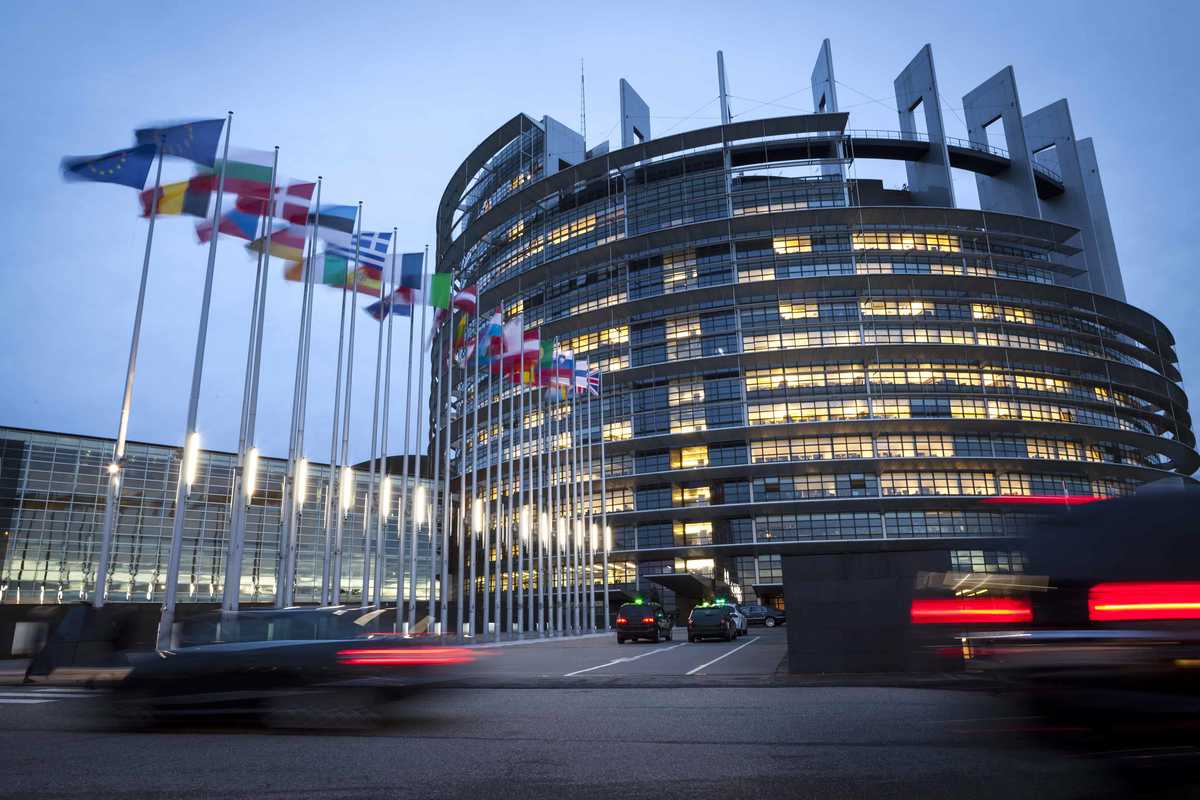ClassNK sketches out how EU ETS compliance will work
Japanese classification society ClassNK has compiled a list of answers to frequently asked questions to help shipping companies comply with the upcoming EU Emissions Trading System (EU ETS) regulation.
 PHOTO: The European Parliament building in Strasbourg, France. Getty Images
PHOTO: The European Parliament building in Strasbourg, France. Getty Images
ClassNK has also urged EU authorities to provide clear guidance on the practical implementation of the EU ETS for the shipping industry.
Including shipping in the ETS is part of a broader EU reform of its Fit for 55 package. Under the ETS, shipping companies will be liable for part of their fleets' carbon dioxide (CO2) emissions from 2024. Methane and nitrous oxide emissions will be included from 2026.
The current package allocates 20 million EU Allowances (EUAs) to maritime decarbonisation projects. Ship managers will have to surrender their allowances in 2025 to cover 40% of their emissions registered in 2024, in 2026 for 70% of their emissions registered in 2025 and finally in 2027 for 100% of their emissions registered in 2026.
Shipping companies will need to report verified emissions and aggregated emissions data at a company level to a concerned administrative authority every year by 31 March. They then have to surrender EUAs to cover their emissions by 30 September every year.
The system will mean they can convert their reduced carbon footprint into tradeable carbon credits.
According to ClassNK, shipping firms can purchase EUAs primarily through the European Exchange (EEX), as well as bilaterally on secondary markets.
EUA futures can trade on the Intercontinental Exchange (ICE) as a secondary market.
Non-compliant shipping companies will be liable to pay extra emissions penalties of €100/mt of CO2-equivalent ($109/mt) for EUAs they have not surrendered, ClassNK said. Those excess EUAs must be surrendered by the shipping company the following year.
Companies that fail to comply for two or more consecutive years can be expelled by the member state of the port of entry, added ClassNK.
The EU ETS has been formally adopted by the European Parliament and is awaiting an official endorsement from the European Council.
By Konica Bhatt
Please get in touch with comments or additional info to news@engine.online






